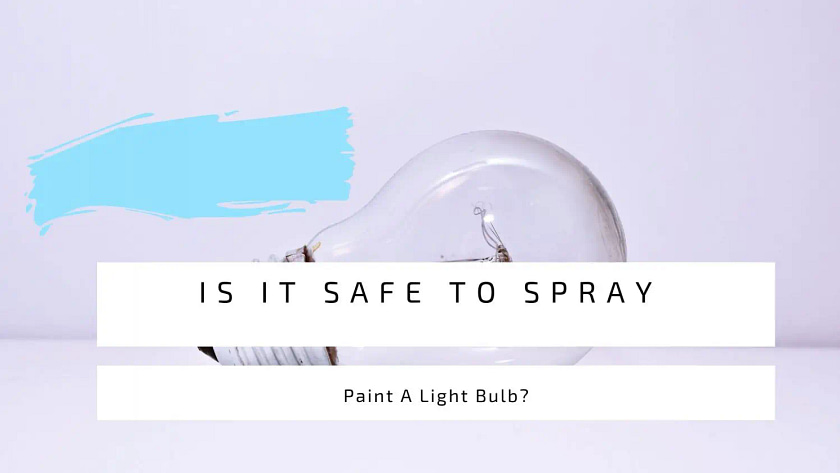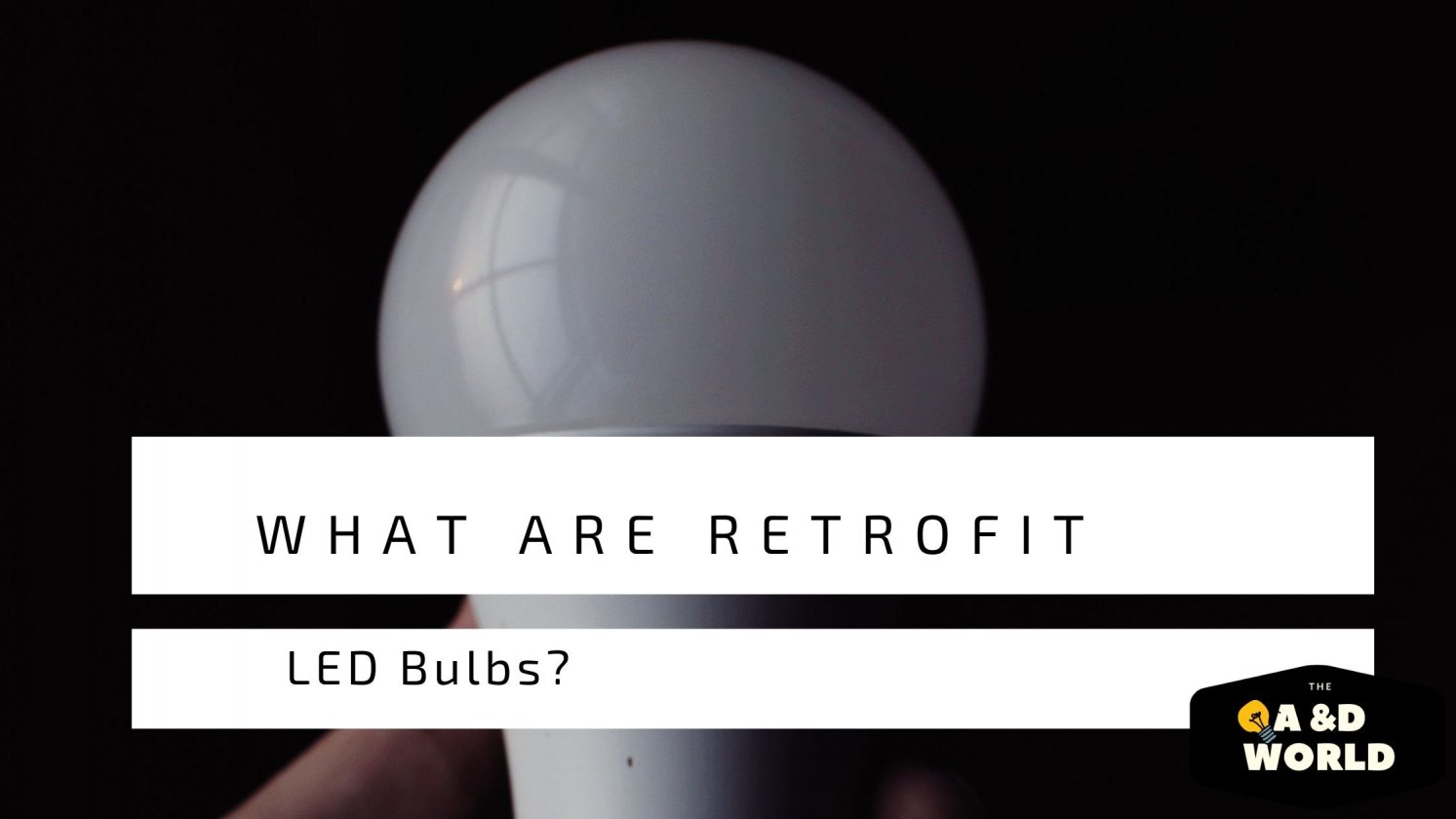Would not it be nice to have a light bulb that is a different color on the outside? Coloring light bulbs are a fun experience for kids and offer atmospheric lighting for your room.
But the real question is: Is it safe? A thin layer of paint will not interfere with the bulb’s production of light. However, the type of paint and bulb plays a huge role in whether this project is safe.
Using anything flammable near heat is a fire hazard. Furthermore, cheap and flimsy bulbs casing can break faster with the additional weight of paint.
Therefore, below I will explore how to spray paint your bulb and the potential problems that can occur.
What Are the Paint And Bulb To Use?
Spray paint: The easiest method is to add color to your light bulbs. Make sure to cover all the glass; so you don’t get any bare spots on the finished product.
Do not use any water-based paint because it can evaporate with the heat and damage the bulb. Also, make sure to place them somewhere dry after painting so they can fully cure (the recommended time varies based on what kind of spray paint you use). When choosing spray paint I recommend using a metallic option because they can handle heat better.
If you are recycling the bulb and your intention is to use the bulb for decor only (Not to plug it on), still use glass-friendly paints.
Moreover, LEDs are the perfect choice for this project. They are durable and produce the least amount of heat.
Spray painting your light bulb is safe and easy to do
+ To start, please be sure to have the following:
+ A LED bulb (any shape is fine)
+ Spray paint in any color you like ( A metallic and glass friendly paint)
+ Safety goggles and gloves
Now that you have these things, simply follow these steps:
- Start by wiping down the bulb with a cloth; so there is no dust or grime. This step will help the spray paint stay on the bulb.
- Put on safety glasses and gloves so you do not get paint in your eyes or on your hands. The paint can also irritate if it gets into open wounds.
- It’s best to play it safe. Similarly, wear protective clothing, too! You do not want your clothes ruined with an ugly stain from spray paint, especially if they are new or valuable.
- Hold the bulb as far away from yourself as possible (at least six inches), then begin spraying. Make sure to shake the can before using it.
- So clumps won’t form when you apply the paint over top of itself. Move slowly around all sides of the glass until they are covered evenly in color.
- At an even speed, turn the bulb continuously; so that nothing drips down onto other areas.
- Then place the bulb in a cool place to dry. Wait at least 4-5 hours before screwing the bulb into a socket.
Problems That Can Occur When Painting Light Bulbs
Now let’s get into more detail about the specific issues you’ll run into when painting a light bulb—and the possible consequences.
The paint will melt
Incandescent bulbs can run very hot and may melt the spray paint. Hence the reason, I recommended using LEDs for this project.
Vaporized chemicals may be inhaled
In addition to melting, some paints will release harmful fumes into the air. Your lungs are not fans of these fumes, nor are the rest of your organs. Paint manufacturers aren’t exactly making products with heated-lightbulb conditions in mind.
The electronics might overheat and start an electrical fire
Since heat is already a concern with bulbs just from normal usage, covering the bulb with the wrong paint can become a serious problem: If all that extra heat has nowhere to go; but up, your lights could start smoking or catch fire.
Can You Paint Light Bulbs with Acrylic Paint?
Most acrylic paints are water-based and can evaporate and burn easily with heat. Thus, I would not recommend this type of paint for this project. Traditional light bulbs run extremely hot.
It is important to understand the temperature of your bulb before making these design decisions because heat can damage the painted surface. You don’t want to put all that effort into painting a light bulb and then end up with melted paint or a flakey bulb.
If you’re painting your bulb for use in a lamp or chandelier, ensure the fixture is protected from excessive heat. Moisture will cause the paint to flake off and cause corrosion to the metal parts.
Can You Use Sharpie On Light Bulbs?
Yes, you can use sharpies to color your light bulb. They might not look as realistic as spray paint, but you can get some fun designs out of using them.
With over 40 different colors, Sharpie is an affordable option to draw beautiful shapes on your light bulb. Not to mention, they are safe for kids and do not produce any harmful fumes.
How To Use A Sharpie To Draw On A Bulb?
- Wipe any dust on the bulb with a soft cloth.
- With the color of your choice, draw your preferred design.
- Do not press too hard on the bulb because it can break.
- With Sharpies, you can easily wipe away mistakes.
To Recap,
Yes, it is safe to add spray paint to your light bulbs. However, stay away from water and oil-based products. LEDs are the perfect choice for this project because they produce less heat.
You can also use Sharpies to add shapes or simply color the bulb. I am not a fan of using acrylic paint on a light bulb so I would not recommend it for this project.






